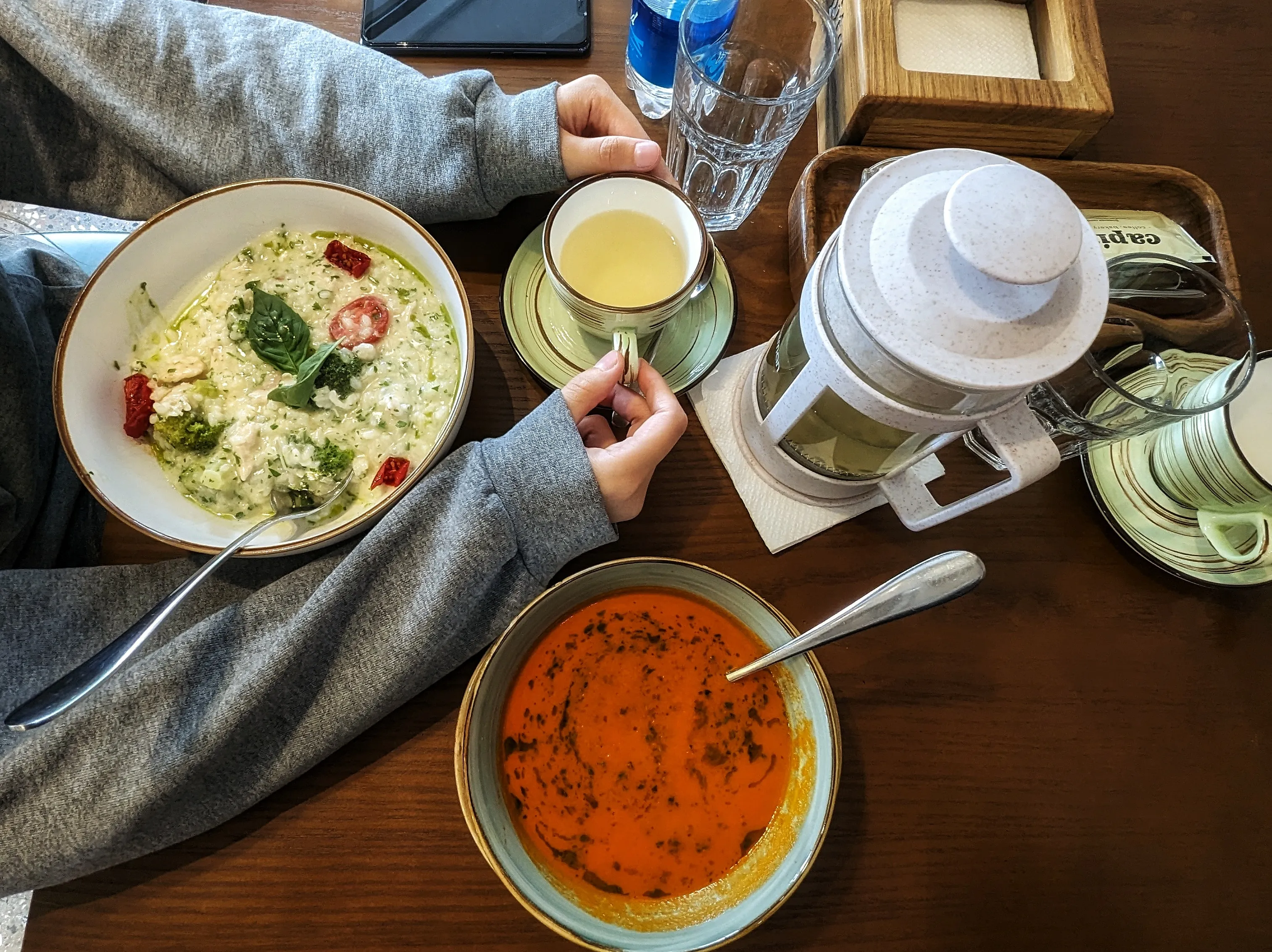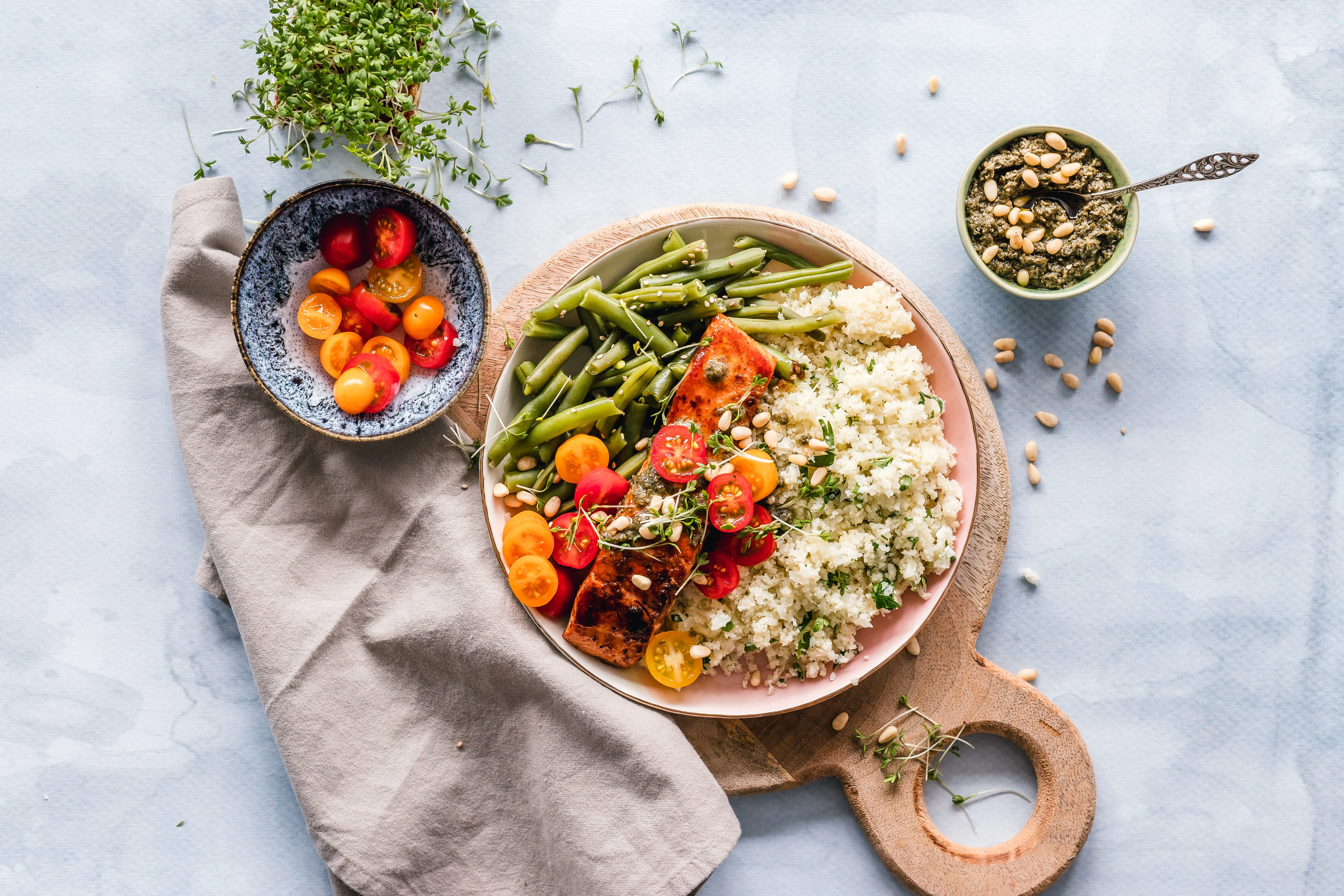Inflammation: The Hidden Enemy in Visceral Fat and Beyond
Inflamed America: Unraveling the Roots of Our Health Crisis and Forging a Path to Wellness
As a nation, we are on a collective slide towards ill health, each of us inching ever so slightly towards a less vibrant version of ourselves. It is as if the very essence of our energy is being siphoned off, not in dramatic, super noticeable ways. It has happened in a slow, creeping manner. Our meals, which should nourish us, have morphed into piles of starchy, processed foods that leave us trapped in a cycle of cravings and crashes.
The toll of American lifestyles is not just the expanding waistlines but also chronic inflammation and a dimming of the radiance and inner spark we should all have. Stress, mood swings, and anxieties abound, stimulating the desire for sugary snacks or the numbing of alcohol. These are our modern-day elixirs, potions that we reach for repeatedly, not realizing that each sip and each bite is a step further away from the vitality we wanted.
Chronic Inflammation: Why It’s Harmful?
When you think of inflammation, do you picture the swelling and redness brought on by an infection or injury? If so, you’d be right. But there’s another, more insidious kind of inflammation that’s harder to notice and more harmful to your health.
You’ve almost certainly heard the phrase chronic inflammation. But many of us have a hazy understanding of what it means.
Why is chronic inflammation dangerous?
Because the signs are difficult to spot, many people don’t find out chronic inflammation is a problem for them until they are diagnosed with a serious illness.
This ongoing immune-system reaction can be a symptom of autoimmune and other serious illnesses. But it also plays a role in the disease process of many life-threatening conditions.
In fact, more than 50% of all deaths worldwide are attributed to chronic inflammatory diseases, including diabetes, cancer, cardiovascular disease, dementia, and stroke.
What is inflammation?
Inflammation is part of our natural healing process. When our bodies face injury, illness, or harmful toxins, our immune systems send inflammatory cells and substances to defend us and jump-start healing.
There are two types of inflammation:
- Acute inflammation is the rapid immune-system defense response that causes redness and swelling around a cut or a sore throat. Intended to trap and negate bacteria, viruses, or toxic chemicals, acute inflammation seldom lasts over two weeks.
- Chronic inflammation, on the other hand, occurs when the body starts or continues sending out inflammatory cells and substances, even though there is no infection or injury. Because this happens internally, the signs of chronic inflammation are subtler and can increase gradually over a long period.
What causes chronic inflammation?
In addition to contributing to the development of illness, chronic inflammation can also be a symptom—in autoimmune diseases like multiple sclerosis, lupus or rheumatoid arthritis, for example.
It can also result from untreated injuries or illnesses or from exposure to chemicals, pollutants and other environmental toxins.
Certain lifestyle factors may also make you more prone to developing chronic inflammation that can lead to disease, including:
- Eating a diet high in added sugars, refined carbohydrates, processed or fried foods, and unhealthy fats.
- Drinking alcohol in excess (more than one or two servings a day) or smoking cigarettes.
- Being obese (fat tissues release inflammatory substances).
- Living with chronic stress, including economic and social stressors like isolation, rejection, and loss of loved ones.
- Having irregular sleep patterns.
- Aging itself can create increased inflammation, possibly due to a lifetime’s exposure to pollutants and toxins.
- Increased visceral (belly) fat.
Note that some level of baseline inflammation is unavoidable as you age. Still, it can be reduced in otherwise healthy individuals by following specific healthy life strategies (like those below), and then you’ll likely be better off than those who don’t.”
How can you tell if you have chronic inflammation?
Because it is happening internally, the symptoms may not be noticeable at first. Some of the most common signs of chronic inflammation include:
- Weight gain and persistent fat that you cannot lose—or unexplained weight loss.
- Body discomfort, including joint stiffness and muscle pain.
- Sleep disorders like insomnia, sleep apnea, and persistent fatigue.
- Skin rashes like psoriasis and frequent infections (viruses, etc.).
- Abdominal pain, acid reflux, and other digestive system issues.
- Unexplained fever.
- Mood disorders, including depression and anxiety,.
If you have ongoing pain, fatigue, or other worrisome symptoms, your doctor can help you determine what’s causing them, and may recommend invasive and damaging treatments such as:
- Shots of corticosteroids are effective at targeting specific problem areas like painful joints.
- Non-steroidal anti-inflammatory drugs (NSAIDs), which are available over the counter (ibuprofen, naproxen sodium) or by prescription,. However, you want to minimize the use of NSAIDs for both short and long-term ill-effects.
Note:
Short-term use of NSAIDs has been associated with lower sensitivity and perception.
The long-term use of NSAIDs and corticosteroids has been associated with health risks. So always check with your health care provider before taking these or other medicines or supplements.
If you have signs of chronic inflammation, be sure to check with your doctor to determine if there may be an underlying cause.
How can you treat or prevent chronic inflammation?
Knowing how harmful chronic inflammation can be to your health is essential. But even more critical is understanding that you can take steps to prevent it. Here are eight evidence-based ideas Amin suggests to help you get started:
- Add detoxification practices such as Epsom salt baths, saunas, and drinking lots of water.
- Add stress-reduction techniques like breathing exercises and exercise to lessen anxiety, stress, and blood sugar swings.
- Add vitamins such as vitamin C, D, and omega-3s.
- Add anti-inflammatory foods, such as vegetables and fruits
- Reduce pro-inflammatory foods such as sugary, processed, and those high in monosaturated and saturated fats.
- Add anti-inflammatory supplements and adaptogens, such as medicinal mushrooms, ashwagandha, lemon, turmeric, neem, garlic, and other spices. Turmeric has been known for its anti-inflammatory effects for centuries.
- Lotions with capsaicin peppers and cannaboids can be used on joints externally to reduce inflammation and pain.
- Avoid blood sugar swings. Blood sugar swings damage cells and causes your body to make visceral, inflammatory, substance-creating fats.
- Avoid pro-inflammatory diets. Diets filled with sugars, starches, meat, and processed foods cause your body to make visceral, inflammation-creating fats.
- Address your stress. Some helpful alternatives include yoga, mindfulness meditation, and journaling, among others. See my comprehensive list of things that help reduce stress.
- Have a cup of tea. The ritual of sitting down to tea and taking a moment to relax helps reduce inflammation. Herbal teas with tulsi, ashwagwanda, cinnamon, or a host of other beneficial supplements can help. And, all teas, white, green or black, contain theanine, another stress-reducing compound.
- Increase polyphenol consumption (see below), which have been shown to reduce inflammation.
- Book a massage or acupuncture treatment. Research suggests that both massage and acupuncture can help reduce inflammation and (a nice bonus!) provide pain relief.
- Avoid smoking and consume alcohol in moderation. Moderate alcohol use generally means two drinks or less per day for men and no more than one a day for women.
- Embrace movement. Regular exercise (at least three to five times a week) not only helps keep you strong and fit—studies show it also reduces inflammation.
- Opt for anti-inflammatory foods. The Mediterranean diet, which is primarily plant-based, includes many foods with anti-inflammatory properties, including colorful produce, whole grains, and healthy fats.
- Consider intermittent fasting—reducing the number of hours you eat every day while reducing the calories you eat. Research shows intermittent fasting, where you still eat daily but consume fewer calories overall, can help decrease inflammation even if you don’t lose weight. Fasting for days at a time may not be as helpful
- Lose weight. According to the National Institutes of Health, losing weight is the single most effective method of reducing chronic inflammation.
What to Eat to Reduce Inflammation? Foods with Polyphenols
Polyphenols are abundant in various foods, primarily of plant origin. These compounds are known for their antioxidant properties, which can help protect the body against oxidative stress and inflammation. Some key sources of polyphenols include:
- Fruits: Berries (such as blueberries, strawberries, raspberries, and blackberries), apples, grapes, pears, cherries, and plums are rich in various types of polyphenols.
- Vegetables: Spinach, onions, potatoes, and broccoli contain notable amounts of polyphenols, especially flavonoids.
- Nuts and Seeds: Almonds, walnuts, hazelnuts, and flaxseeds are good sources of polyphenols.
- Legumes: Beans, lentils, and chickpeas are not only protein-rich but also contain beneficial polyphenols.
- Whole Grains: Oats, whole wheat, rye, and barley provide polyphenols along with fiber.
- Spices and Herbs: Cloves, peppermint, star anise, and cocoa (found in dark chocolate) are particularly high in polyphenols.
- Beverages: Green tea, black tea, red wine, and coffee are known for their high polyphenol content.
- Olive Oil: Extra virgin olive oil is a significant source of polyphenols, especially oleuropein and hydroxytyrosol.
Incorporating a diverse range of these foods into your diet can help ensure an ample intake of polyphenols, contributing to overall health and potentially reducing the risk of chronic diseases.
About Inflammatory Fat
There's only one type of fat you want your metabolism to burn. It is related to chronic inflammation because it creates inflammatory compounds. Inflammatory fat is the most difficult one to burn—until you reduce stress.
What is inflammatory fat? How do you recognize it? What is dangerous about it?
Inflammatory fat is the stubborn fat that is around the belly, the legs, and the butt and never seems to go away.
It is also the fat that is responsible for thousands of chronic illnesses and premature aging.
Why is it the most challenging fat for our metabolisms to tap into?
For our metabolism to be able to target this fat, it needs to feel safe.
Our bodies hold onto the inflammatory fat as a protection mechanism.
So, no amount of "forcing the body" to release it will work.
Not just calorie restriction
Not a keto diet
Not a bunch of hard-core exercise
Not supplements
Not intermittent fasting
Until we feel safe, happier, and less stressed, the best we get with these approaches is releasing a tiny bit of weight -- only to regain it shortly after.
Worse yet, the weight we release with these approaches is usually structural fat (the good fat supporting the cheeks, joints, and vital organs). That's why people who do these diets look haggard, get fatigued, and feel achy...
The only way to tap into inflammatory fat is by doing these three things:
- De-stressing the nervous system
- Releasing toxins
- Reducing inflammation
And when we do this properly, our metabolism will finally feel safe enough to start releasing the inflammatory fat. And it will do so quickly!
In addition, our bodies will want to keep the weight off for good.
Is this really true?
Yes. Because our bodies do not want the inflammatory fat hanging around...
It knows how dangerous it is...
It just needs the right signals to feel safe enough to release it.
Research proves that stress reduction helps those who have been unsuccessful in releasing weight in the past.
These methods work for those who have diabetes, hormonal imbalances, low thyroid function or hypothyroidism, hysterectomies, multiple childbirths and who have been dieting for decades.
For those who want to feel free of this mental and physical prison and who really want to reduce weight for good, holistic methods that help with a sustainable approach to releasing stubborn weight and mastering your metabolism for the rest of your life are priceless.
If you'd like help and support as you learn to reduce blood sugar swings, reduce inflammation, release the inflammatory fat cycle, and get your life on track, reach out. Learn how to work with a health-first, sustainable approach, finally. This is without any long-term restrictions, supplements, powders, pills, or intense exercise.
I combine my experience as a young woman in America coping with blood sugars, with my experience as a success coach, as a yoga teacher and health eductor, with neuroscience-backed knowledge to help others master their blood sugar, diabetes, metabolism, and regain their health to support a life they love.
Join me.
References
Ellulu MS, Patimah I, Khaza'ai H, Rahmat A, Abed Y. Obesity and inflammation: the linking mechanism and the complications. Arch Med Sci. 2017 Jun;13(4):851-863. doi: 10.5114/aoms.2016.58928. Epub 2016 Mar 31. PMID: 28721154; PMCID: PMC5507106.
Katherine D. McManus, MS. 2020. “Do Pro-Inflammatory Diets Harm Our Health? And Can Anti-Inflammatory Diets Help?” Harvard Health. December 23. https://www.health.harvard.edu/blog/do-pro-inflammatory-diets-harm-our-health-and-can-anti-inflammatory-diets-help-2020122321624.











